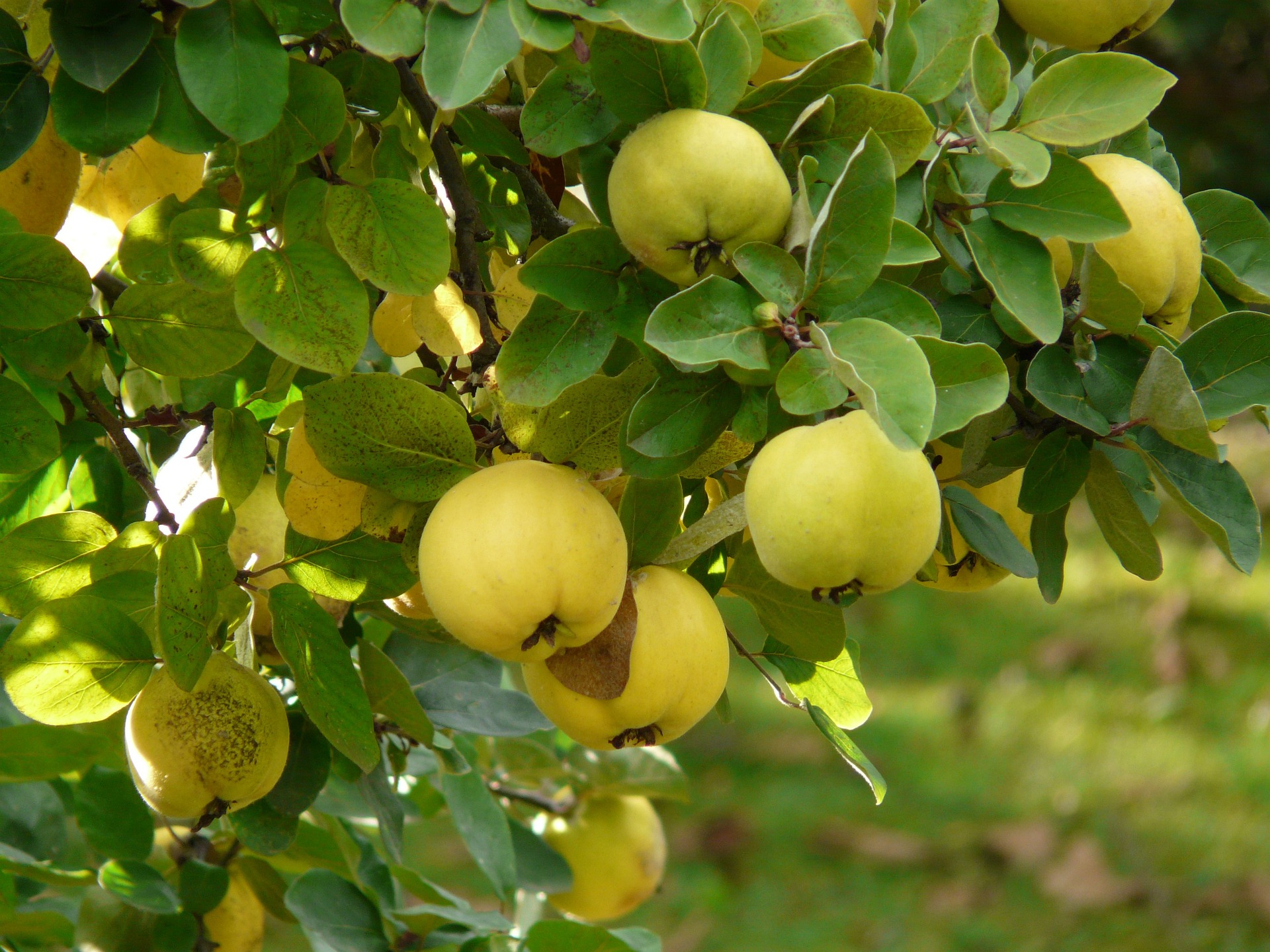Quince, recognizable by its large, golden and aromatic fruits, is a favorite raw material for the production of quince, a fruit brandy with a rich aroma and balanced taste. The best quality quince is produced from Leskovac quince varieties and part of Vranje quince. Brandy made exclusively from Vranje quince is not recommended due to the presence of stone cells that can contribute to a pungent taste.
Preparation of quince begins with the careful selection of ripe, healthy and juicy quince fruits. These fruits are then crushed in pulping machines, taking care to leave the seeds intact to avoid bitterness. If possible, it is also recommended to remove the seed part of the fruit.
The crushed mass is then transferred to clean vessels, filling them up to 4/5 of the volume, after which clean water is added to soak the mass. In cases where an increase in sweetness is required, between 2% and 4% of dissolved sugar is added. The vessels are closed, but an opening must be left for the release of carbon dioxide during boiling. The optimal temperature for fermentation is around 20°C, with the fact that it must not fall below 17°C or exceed 22°C. During the first few days, fermentation is accelerated by regular mixing, which ensures the presence of oxygen for the natural yeasts from the fruit or added selection, preventing the formation of molds. At a temperature between 17°C and 19°C, fermentation usually takes between 30 and 45 days.

Quince after fermentation; distillate
When the fermentation is finished, the distillation process follows, which requires attention and patience. Distillation is done twice. The first distillation gives a distillate known as soft brandy, which has a strength of 30% alcohol (12 grad). It is important to avoid burning the pomace during this process by adding ten liters of water to the cauldron and stirring regularly. When soft brandy is obtained, it is transferred to the second distillation. During this distillation, the first phase, rich in methyl alcohol, is first separated, after which the cold brandy is taken. The strength of the brandy is monitored carefully in order to stop receiving the distillate at the right moment, with the goal that it contains about 60% alcohol.
During the distillation, fractional distillation is applied, where three main components are separated – the wort, the heart and the molasses. After distillation, brandy is aged in quality wooden or glass barrels. Before consumption, the strength of brandy is reduced with distilled water to 42-43% alcohol, and then aged for at least 90 days, which achieves the best organoleptic properties.

Dunjevaca, although it does not provide a high yield during processing, is appreciated in all distilleries for its superior quality and special taste, and remains one of the most sought-after fruit brandies on the market.
Source: Good morning
Source: boljazemlja.com


